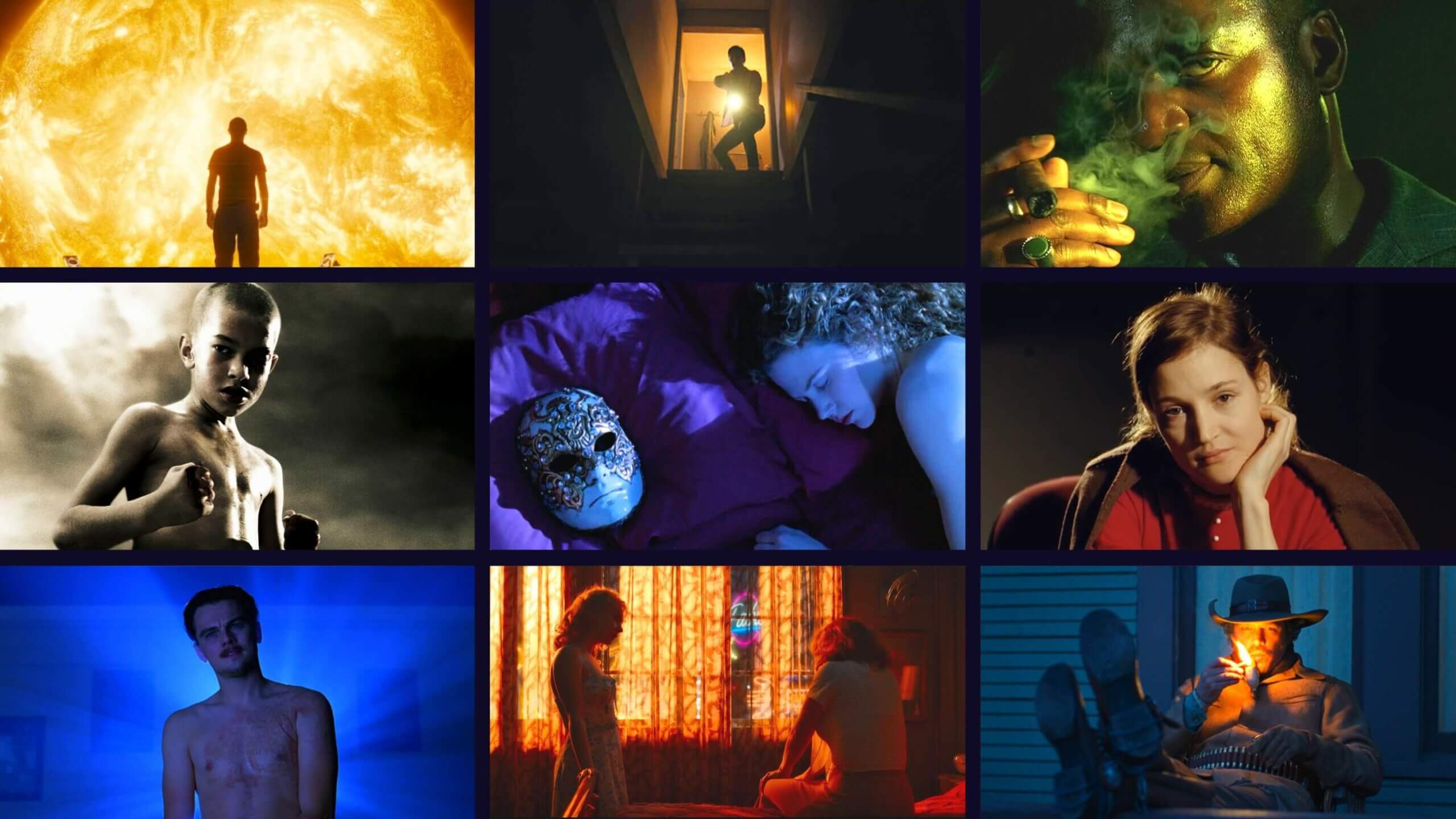The Art of Cinematography: A Dance of Light and Shadow
Cinematography, often hailed as the very soul of filmmaking, is a multifaceted craft that brings depth, emotion, and life to the narrative on screen. It is an intricate dance of light, shadow, color, and composition, helmed by the visionary known as the cinematographer or director of photography (DP). In the vast landscape of cinema, conquering the art of cinematography requires not only technical skill but also an acute sense of creativity and storytelling.
The Cinematographer's Role
The role of a cinematographer is to capture the director's vision and translate it visually, creating images that complement and enhance the story being told. They work closely with the director to determine the visual style and mood of a film, choosing the appropriate techniques, lenses, and camera movements to achieve this. From the sweeping grandeur of an epic landscape to the intimate details of a character's face, every frame is meticulously crafted to convey emotion and meaning.
The Language of Light
Light is to cinematography what words are to poetry. The quality and direction of light can transform a scene, evoke specific emotions, or suggest a particular time of day or weather condition. A cinematographer uses techniques such as three-point lighting, diffuse lighting, and high contrast to sculpt the visual narrative. For instance, the harsh shadows of film noir contrast sharply with the soft, natural lighting often seen in romantic dramas. Each lighting decision is deliberate, drawing the viewer subconsciously into the story's world.
Composition and Framing
Composition is critical in guiding the viewer's eye and creating aesthetically pleasing frames. Cinematographers employ rules such as the rule of thirds, leading lines, and symmetry to achieve balance and focus. However, breaking these rules can be equally effective when used purposefully. Consider the off-kilter angles of a thriller, which can instill a sense of unease and tension.
Framing, too, plays a pivotal role. Whether it's a wide shot establishing the enormity of a desert landscape or a close-up capturing the minutiae of a performer's expression, framing is used to narrate silently yet powerfully. It is this blend of conscious choice and intuitive feel that distinguishes a scene that communicates more than its narrative intent.
Color and Mood
Color is a potent tool in a cinematographer's arsenal. It has the power to set the mood, suggest tonal shifts, and imbue scenes with symbolism. Films like "The Grand Budapest Hotel" demonstrate how color palettes can become as iconic as the film’s storyline. The decision to use warm tones over cool blues can signal happiness or melancholy, while a vibrant color scheme might transport viewers to a whimsical or fantastical world.
Innovations and Technologies
The constant evolution of technology offers cinematographers new tools and techniques to explore. From the early days of black-and-white film to today's digital revolution, the medium has transformed, allowing for new creative expressions. Camera stabilizers, drones, and advanced CGI have expanded the realms of possibility, enabling cinematographers to capture shots that were once unimaginable.
Despite these advancements, the fundamental principles of the craft remain steadfast. The best cinematography does not merely rely on cutting-edge technology but rather uses it as a means to tell more enriching and complex stories.
Learning from the Masters
Throughout cinematic history, numerous cinematographers have left indelible marks on the film industry. Pioneers like Gregg Toland, the visionary behind "Citizen Kane," whose deep focus technique changed the visual language of film, and Roger Deakins, whose work on films like "Blade Runner 2049" and "1917" demonstrates mastery across genres. Studying these legends' works offers aspiring cinematographers invaluable insights into the perpetual dance of art and technology.
The craft of cinematography is an ever-evolving journey. It is a discipline where collaboration meets innovation, and creativity melds with technology. As the medium progresses, those who master this art form continue to elevate the possibilities of what can be visually conveyed on the silver screen, ensuring that the captivating fusion of light and shadow retains its profound impact on storytelling.







Comments